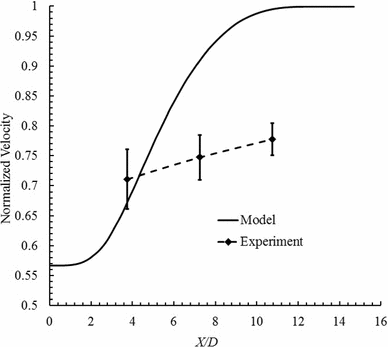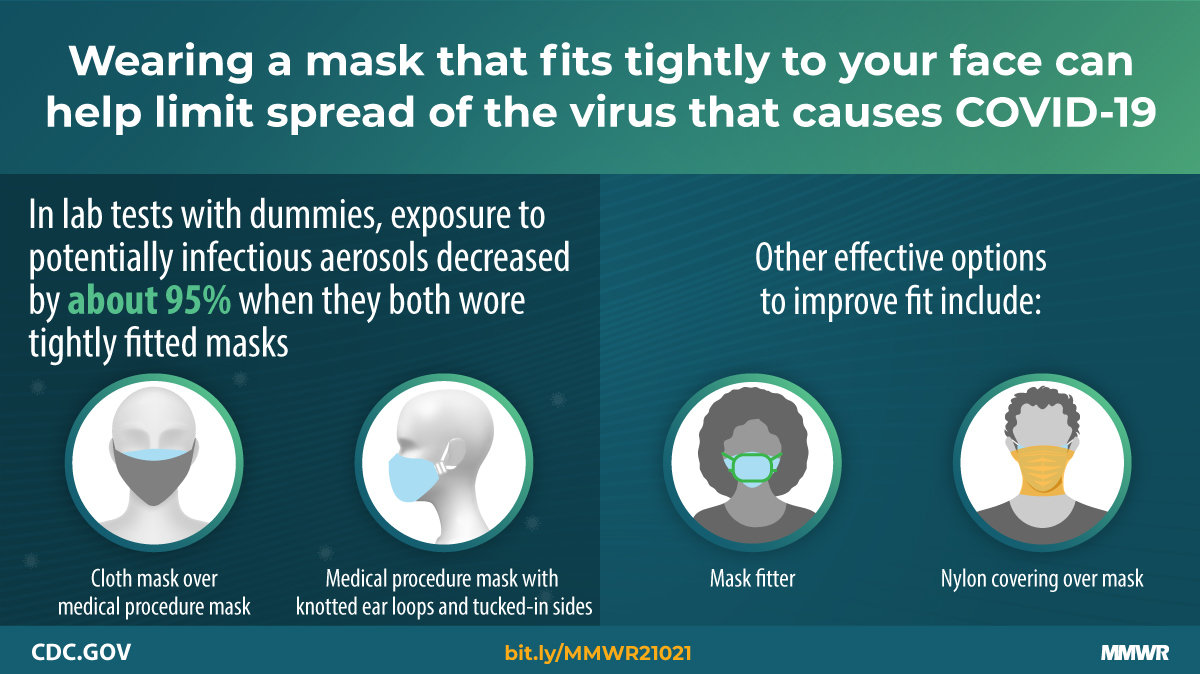

Lake – a freshwater body of water, can be large that is contained within a piece of land.Loch – a Scottish term used to describe a lake or inlet of water.Lagoon – a shallow saltwater (or brackish) body of water that is separated from the deeper ocean by coral or a sandbanks.Kill – used by the Dutch to describe a river, or arm of the sea.Kettle lake – a shallow and material rich body of water created by glacial ice moving.Inlet – a body of saltwater that can have a mixture of characteristics from these different bodies of water: cove, bay, estuary, fjord, river, or sea loch.Impound – a man-made body of water created by a damming source, it is often used as flood control.Headland – an area of water bordered on three sides by land.Harbor – typically a man-made (but can be natural) body of water where boats and ships are “parked” away from ocean currents ( Example of an artificial harbor: Port of Houston) ( Example of a natural harbor: Boston Harbor).Gulf – an area of water surrounded by three sides, larger than a bay ( Example: Gulf of Mexico).


Firth – a Scottish term used to explain where the river meets the sea (is another word for estuary).Fjord – a narrow inlet of ocean between mountainous cliffs.Estuary – an estuary is typically the point where rivers meet the sea.Draw – a dry creek bed that can flood during heavy rains (like an arroyo).It can be the ocean, lake, reservoir, etc. Delta – the location where a river flows to.Distributary channel – a stream that flows away from the main channel often seen in river deltas.Tidal creek – a creek that is affected by the tides of the oceanĮxamples of a brook (left), canal (center), and creek (right).Creek – a stream, tributary, or brook of a river.Cove – a sheltered inlet (or bay) associated with either oceans, rivers, or lakes.Canal – a manmade waterway connecting 2 bodies of water ( Example: Panama canal).Channel – the actual barriers of a river, ocean, or any body of water that has banks and a bed.Burn – a channel that can vary in size from a stream to a river.Beck – a stream that comes from a mountain.Bight – a curved, or recessed, coastline.Bayou – a marshy area of rivers or lakes.Bay – a body of water that has a barrier on 3 sides, but is smaller than a gulf ( Example: The Bay of Bengal).Barachois – a body of water separated from the ocean by a sandbar.Basin – an area where rain and water is collected and flows into another outlet, also where melted snow drains to.Arm of the sea – a narrow extension or reach of an ocean.Artificial lake (AKA reservoir) – a manmade lake, often used for communities.Arroyo – a dry creek bed that can temporarily flood after rain.These bodies of water can either be man-made or naturally occurring: Here is a complete list of all the different bodies of water and their definitions.


 0 kommentar(er)
0 kommentar(er)
